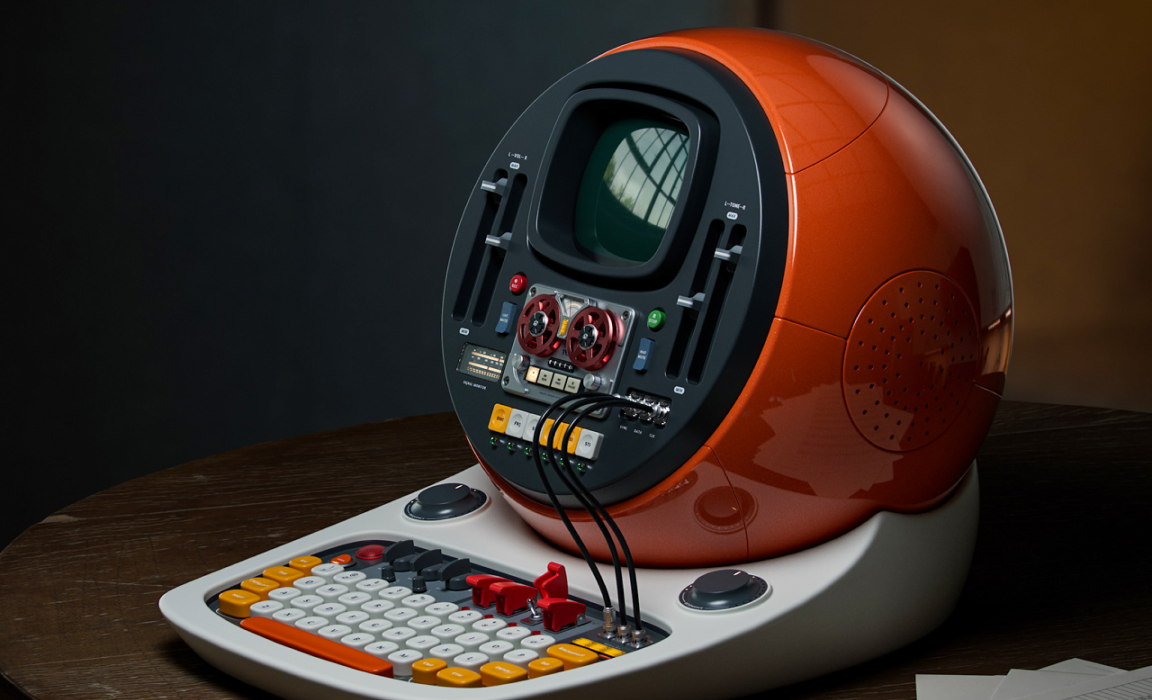How Do Computers Work?
Key Terms
- Input/Output Subsystem – allows the computer to interact with the environment
- Converts physical input into binary information
- Converts binary information into physical output
- Central Processing Unit – brains of the computer
- Processes the binary information and calls programs
- Fetches instructions from memory and executes them
- Programs – predefined instructions that the CPU accesses
- Acts on the binary information
- Memory – where programs are stored
- Stores the binary information
- Bit – the smallest piece of information a computer can store (on/off)
- Operating System – the program that manages how the software uses the hardware of a computer
- Compiler – translates source code (human-readable) into machine code
- First: turns source code into tokens or words (Lexical Analysis)
- Second: tokens are organized in a hierarchical order known as a parse tree (Syntactic Analysis)
- Third: compiler denotes the context of the code (Semantic Analysis)
- Fourth: browse through the parse tree and find machine code that does the same thing as the source code
Key Actions
- Receive input
- Store information
- Process information
- Produce output
Circuits
- Input/Output are just information that can be stored as on/off electrical signals (1s and 0s)
- Circuits modify and process information that’s inputted as ones and zeros
- And, Not, Or, Nand, Nor, Xor
- Smaller circuits mean less travel distance for electrical signals, leading to faster processing speed
- Electricity moves at just about the speed of light
Binary
- Numbers: each digit represents 2n instead of 10n. Ex. 1001 = (1×8) + (0x4) + (0x2) + (1×1) = 9
- Text: each letter is assigned a number which is represented with a binary number, which is represented by a sequence of wires that turn on/off
- Images: each pixel is represented by numbers to show color, each number is represented in binary, and thus wires
- Sound: every sound is just a vibration that can be represented by a waveform graph. Each point on the graph can be represented by a number, therefore each sound can be represented as a sequence of numbers. Higher quality audio just means taking more points in the graph

